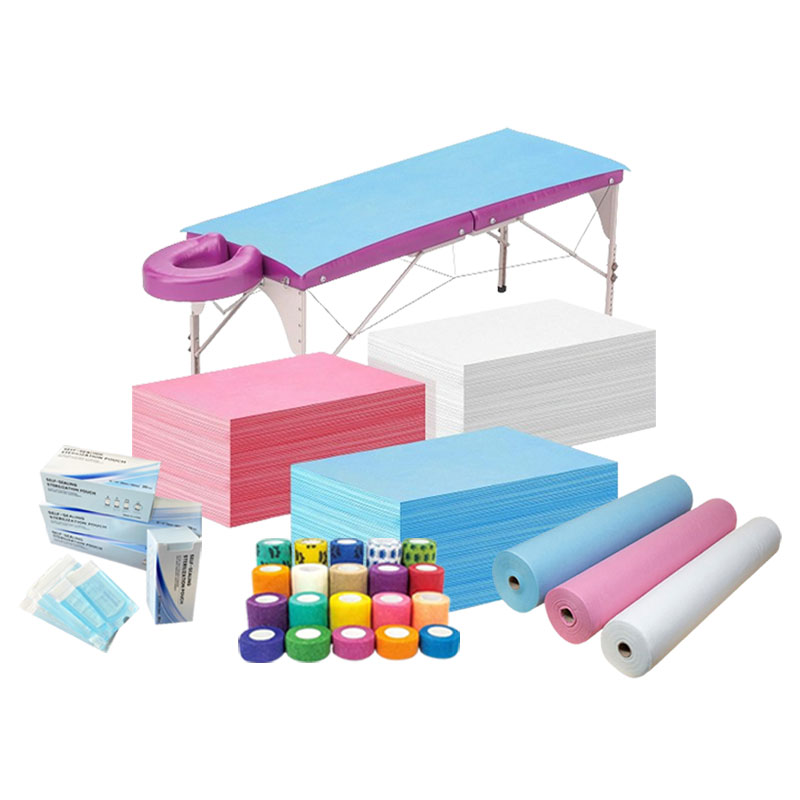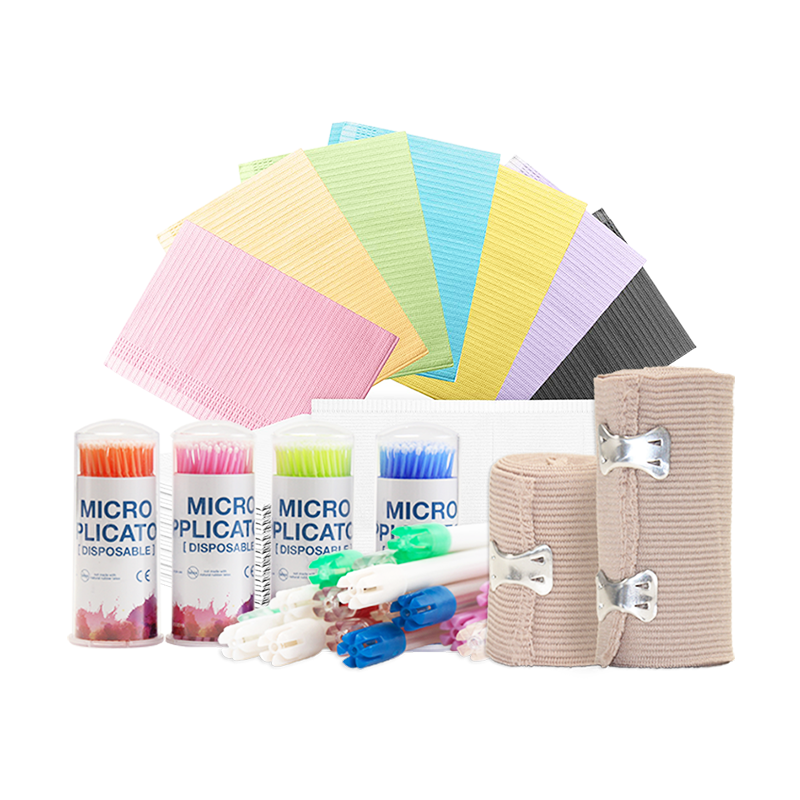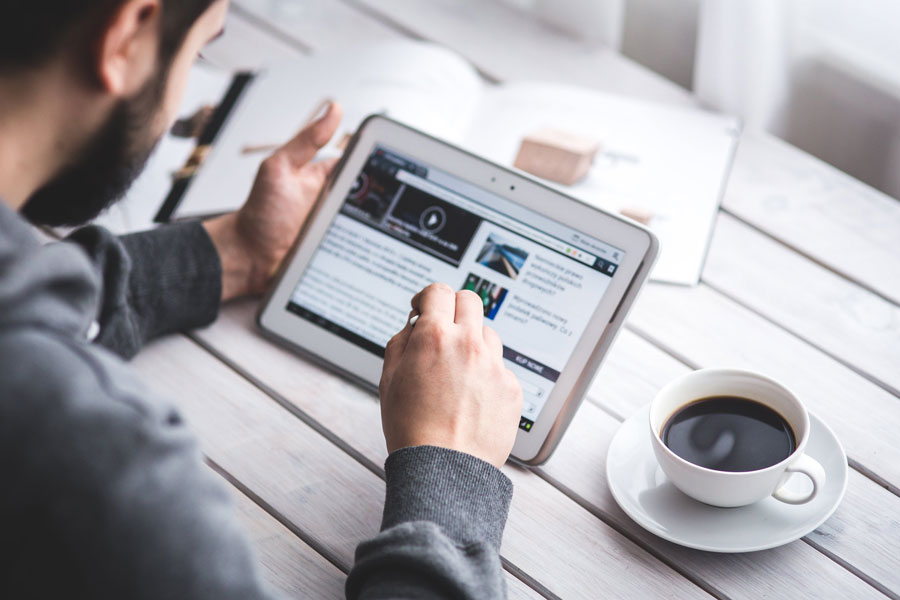Which way do pouches go in autoclave?
Autoclave is a method for sterilizing lab glassware using high temperatures and pressure to kill all microbes. It is used extensively in medical, dental and laboratory settings to sterilize instruments supplies and equipment. Autoclaving pouches is necessary for the sterilization of surgical instruments or other types of medical devices, and there are proper ways to safely autoclave these pouches. Read how to autoclave pouches properly here.
What are Autoclave Pouches?
The autoclave pouches are made from the materials that can resist high temperatures and pressure. Usually, they are made of paper or plastic (combination). The material has to be porous for steam and non-porous with bacteria so that the contents are sterilised during autoclave.
PreAutoclaving Prep
Cleaning- make sure all items to be sterilized are cleaned from any organic material that may impede the process of being sterile.
Organizing: Find items based on size, material and sterilization needs to avoid over the working of autoclave.
Packing: The individual items are placed in autoclave pouches so as to prevent tight packing and permitting free steam penetration.
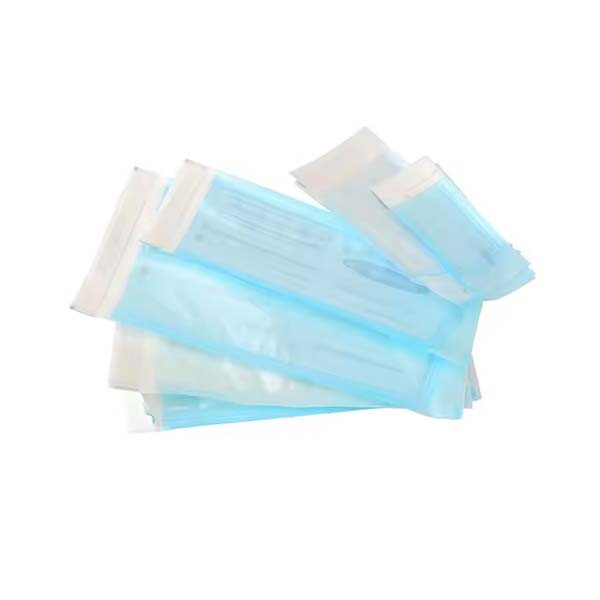
Pack Position In Autoclave
Place Flat: The majority of guidelines suggest a flat autoclave pouches to be layed in the sterilizer. By innovatively orientating the load this way, it increases its perimeter surface exposed to the steam resulting in greater evenness of exposure and deeper penetration hence highly effective heat sterilization.
No Stacking: When pouches are stacked, this causes areas steam cannot reach which can result in cold spots and leave some parts within the contents not sterilized.
Separate Pouches: Give the pouches room so steam can cook all around them.
Loading the Autoclave
Load autoclave pouches into the sterilizer carefully to prevent damaging and tearing of material.
Utilize Racks and Baskets: Organizing the pouch can be achieved by using some racks or baskets to make sure that it is not completely in contact with heat elements of an autoclave.
Load Top to Bottom: layer from the top dow, this will allow for even heat and steam.
Autoclave Parameters
Temperature: Autoclave pouches can vary but the general temperature set up for autoclaving is 121 to 134 degrees Celsius (250-270 Fahrenheit)
Pressure: Pressure shall be set at 15-30 psi.
Time: Processing time is a function of temperature and the items being sterilized (size, type).
Post-Autoclaving
After the cycle has been completed leave the autoclave to cool naturally.
Unloading: Take the pouches out cautiously (wear your gloves to prevent being burned by these items right in use).
Firstly, Inspect: Look over the autoclave pouches carefully for signs that sterilization has not been completed as expected such as if they are moisture present.
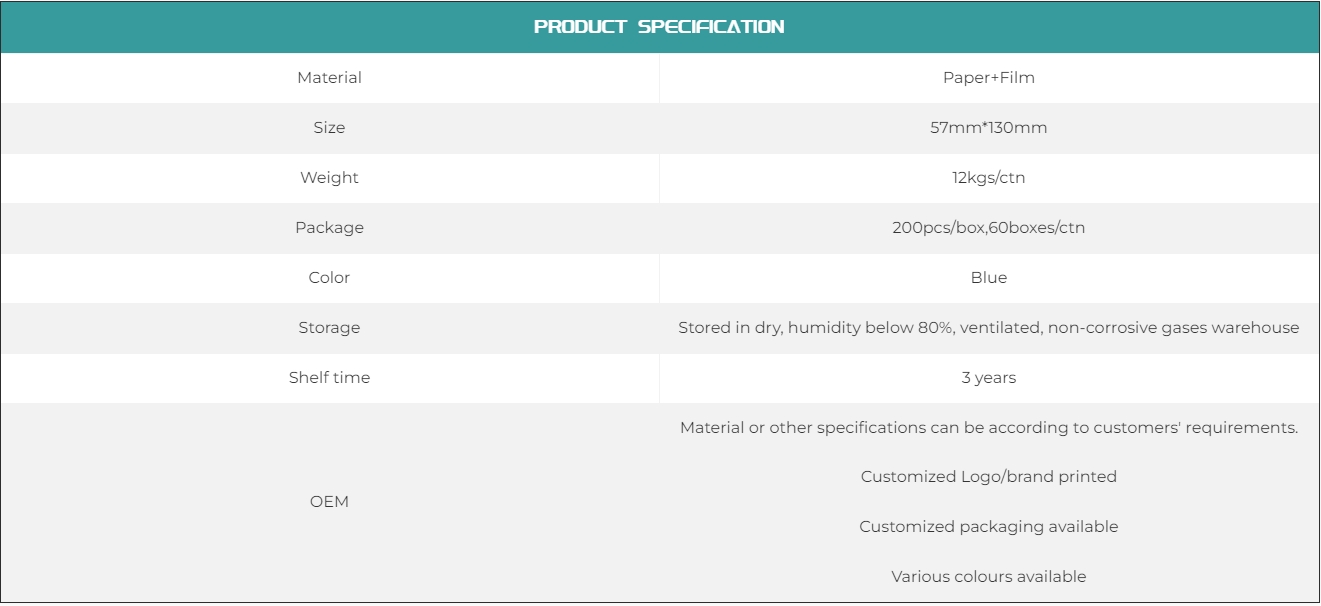
Troubleshooting Common Issues
Cold Spots: If sterilization is not technically adequate, consider reorienting the load orientation or altering specifications in relation to your autoclave.
Intact Pouches- Rest being damaged pouch can allow contaminants into the sterilized package. Examine pouches before and after the autoclave cycle.
Steam Quality - Be sure the water to be used in autoclave is of good quality, as anything like it could influence steam generation.
autoclave pouches are a must-have in any medical or laboratory practice to maintain the highest possible level of sterilization. Freely reposition your pouches, but when they are loaded correctly and oriented according to loading configuration with the right cycle settings for sterilization parameters you can be sure that whatever is in those bags will become sterile. In addition to ensuring proper performance of the autoclave, regular maintenance and following manufacturers recommendations is vital for accurate/repeatable sterility.



